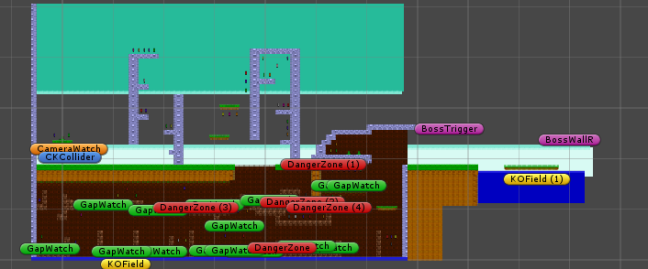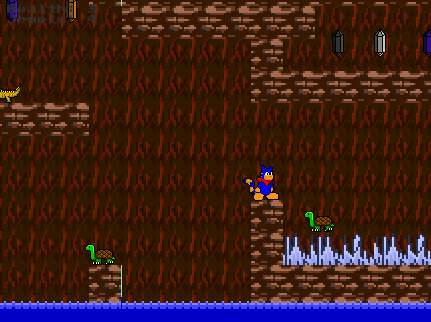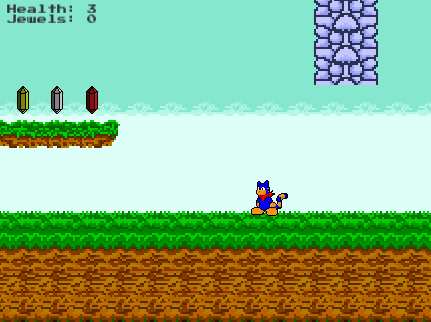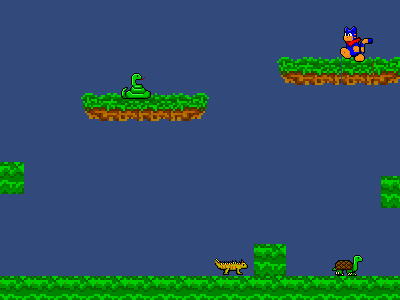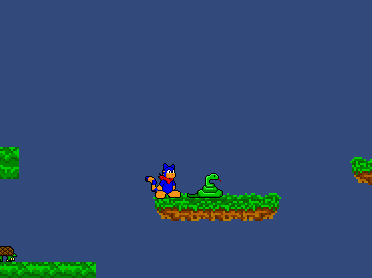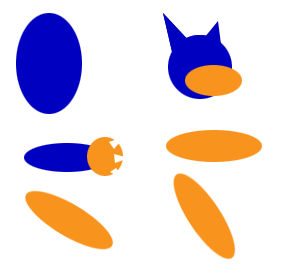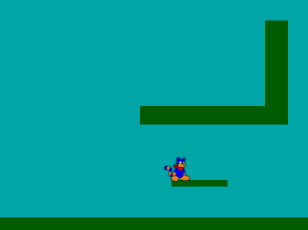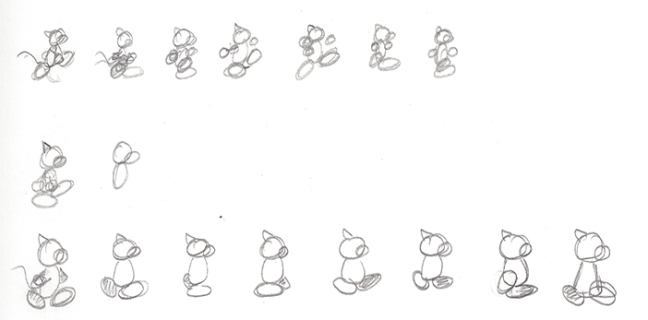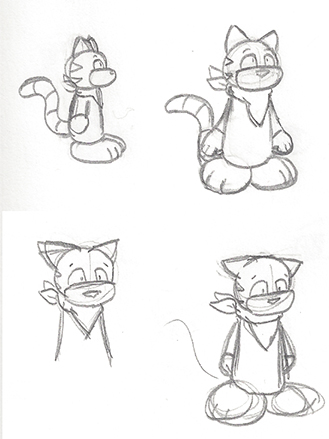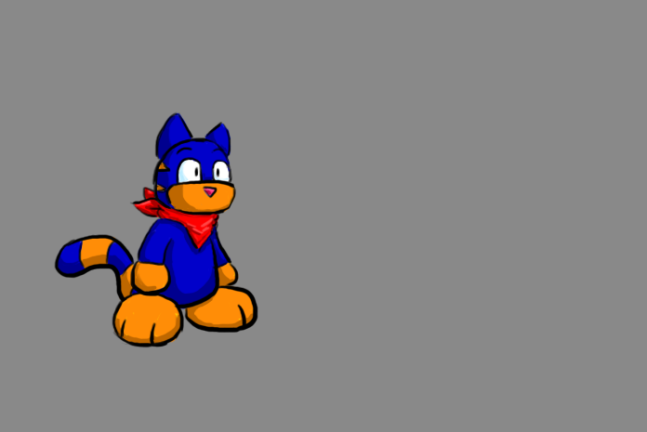A little while back Lynda.com released a video on building a map tile in Unity, allowing you to paint tiles in a game. It seemed like it would be a massive time saver to be able to draw out a level with two clicks.
Unfortunately, when I finished coding the tool, it didn’t work. Instead of overwriting the current tile, it would keep creating new tiles into the same space. Just tapping the draw key will plop down ten or more identical tiles.

I tried loading up the sample file that came with the tutorial, and it worked like it should. I don’t know if this error is caused by me tweaking the code so the grid is built up and to the right when the tutorial had the grid build down and to the right, but I don’t have time to compare both programs line by line. And even if I dropped the sample code into my Capstone (which I think counts as plagiarism), the tiles disappear when I save the project and reload it.
So that’s however many hours it took me to set that up down the drain. At least I was able to reuse the tiles I drew for the experiment, even if I have to tediously lay them out by hand. And I think I found a solution to a problem that had been plaguing me, where lines appear between the tiles.
I redrew the cat to match the pixel scenery.

Using pixels instead of digital painting, at least for now, might be a good way to keep me from getting too obsessed with the visuals and not focusing on the programming, i.e. the IT part. I can also use “Well, I have to study pixel art!” as an excuse to cram more game time into my schedule.
Currently, the cat can walk and jump around the test area.
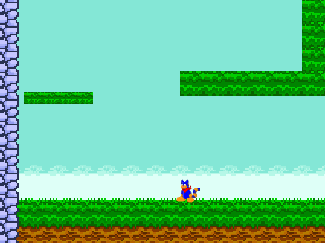
Next step: Finish character movement, implement enemies that move and attack the cat, and react when stepped on. I’ll work on allowing the cat to scratch enemies later.
